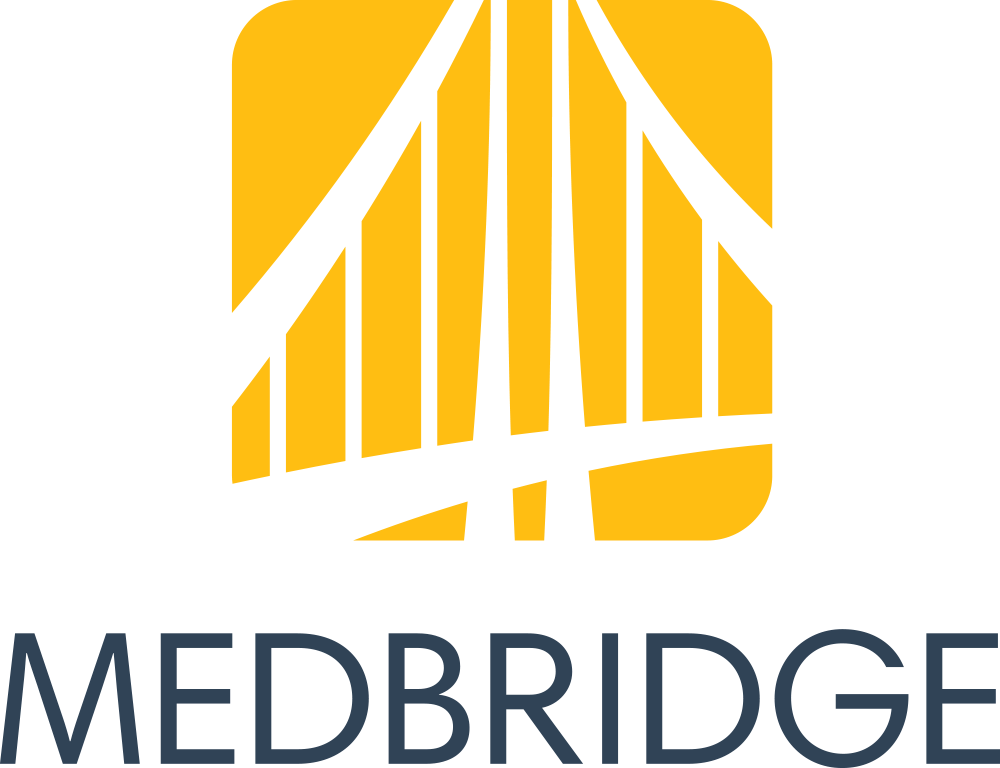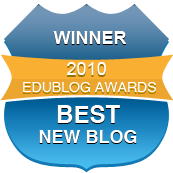Happy 2021! Not the happiest week, but I am still hopeful!
If you are like me, you may have students moving in and out of groups and introduction activities can be helpful in "breaking the ice" and helping them make connections. I tried one yesterday that was very successful and I wanted to share it with you.
This activity uses Jamboard which is part of Google Workspaces/Apps and all have access to it with a Google account (just go to your "waffle" in the upper right corner of any Google app and locate Jamboard). I created an image with shapes to use as a background for the "Jam." You could choose to label each space but I instead had the students think around an acronym I like to use for "people files" (credit Social Thinking® but the acronym is mine and feel free to use) with different aspects of our social memory/sharing about ourselves prompted by the letters in the word FILE:
FILE= F (Friends, Family, Pets, Where you live) I (Interests) L (Likes/Dislikes) E (Experiences, your stories, things you've done or would like to do).
The activity is located here. To use it:
1) Make a copy of the Jam in your Google account. Please do not request access, you can make a copy and it is yours to use. The background is not editable but you can make something similar in PowerPoint, save it as an image and Set as Background.
2) Use the top central frame viewer to duplicate the blank frames for a student group. You can see that mine is in there as a model (and can delete it).
3). I recommend making frames for the group members and placing their name someplace on the frame to avoid chaos.
4.) To use in a group, I like to model how to use the sketch (top tool), image search (use Google Image Search for quick completion), and text box features while making an "example."
5) You can have students join the Jam under Share by making it editable to anyone with the link, or sharing it within Google Classroom.
6) You can foster time management/executive function and "matching the pace" of the group by toggling what you are sharing (if teletherapy) with Online Stopwatch. I prefer to use the analog clock and mark it up with Page Marker extension to show a timeframe the group will be working in (start, middle and end points ala Sarah Ward).
6) Encouraging students to use images as much as possible will promote more verbal description (e.g. I used this picture because...) and conversation.
Have fun! I'd love to hear about your Jamboard activities in the comments!







